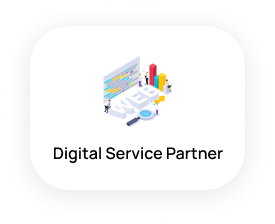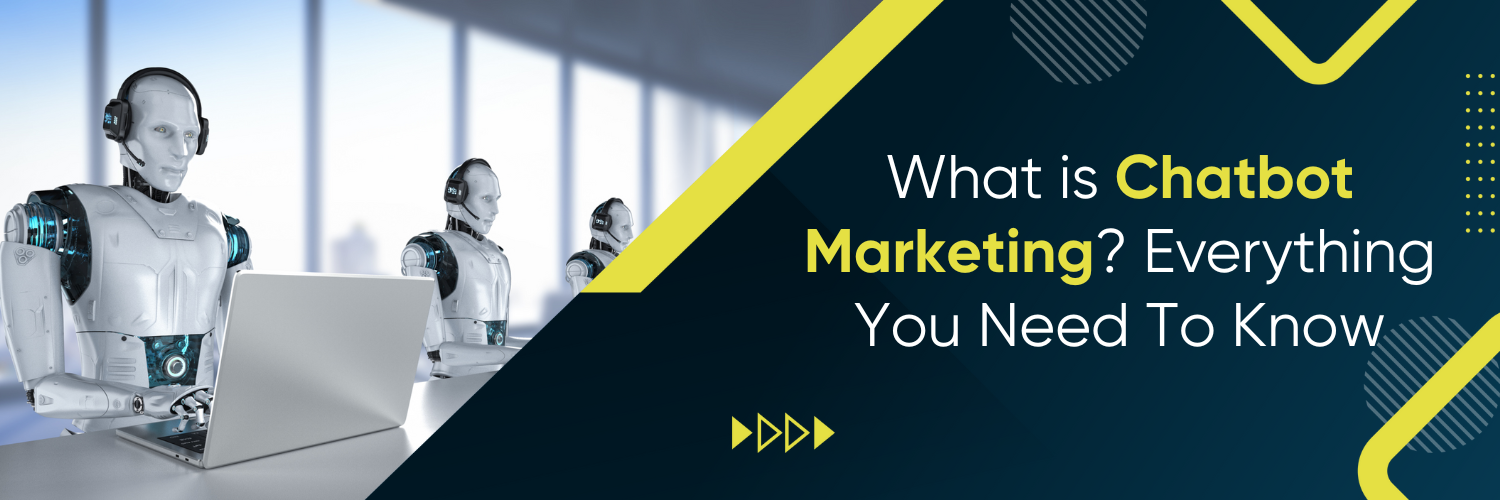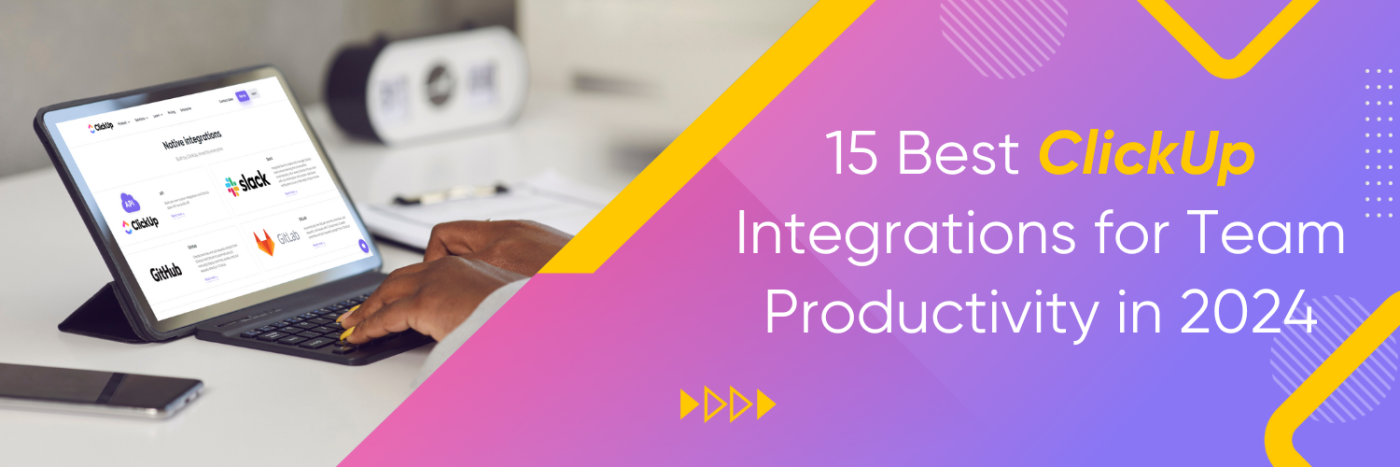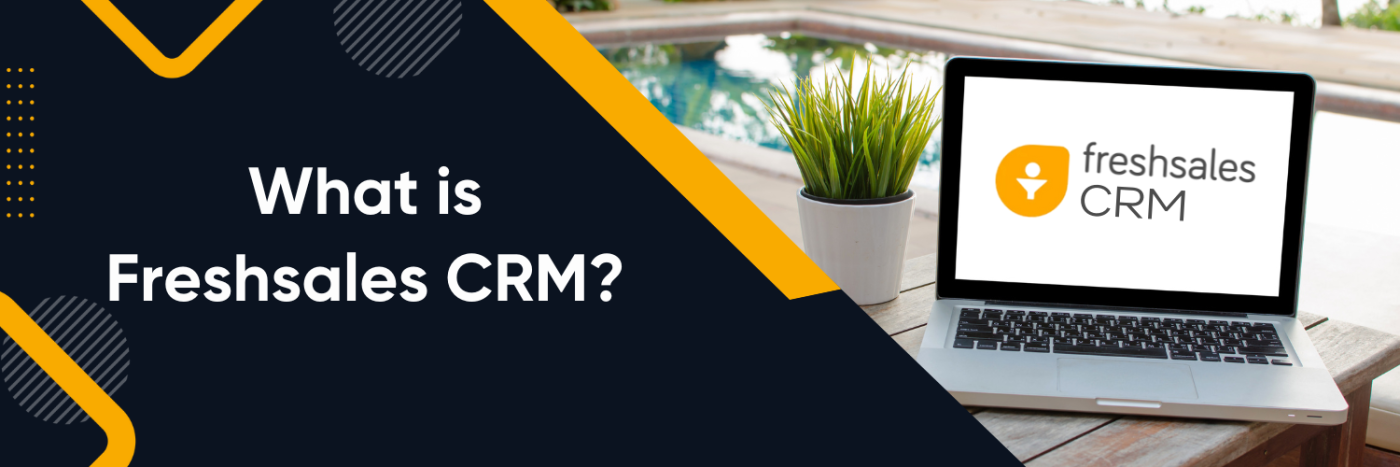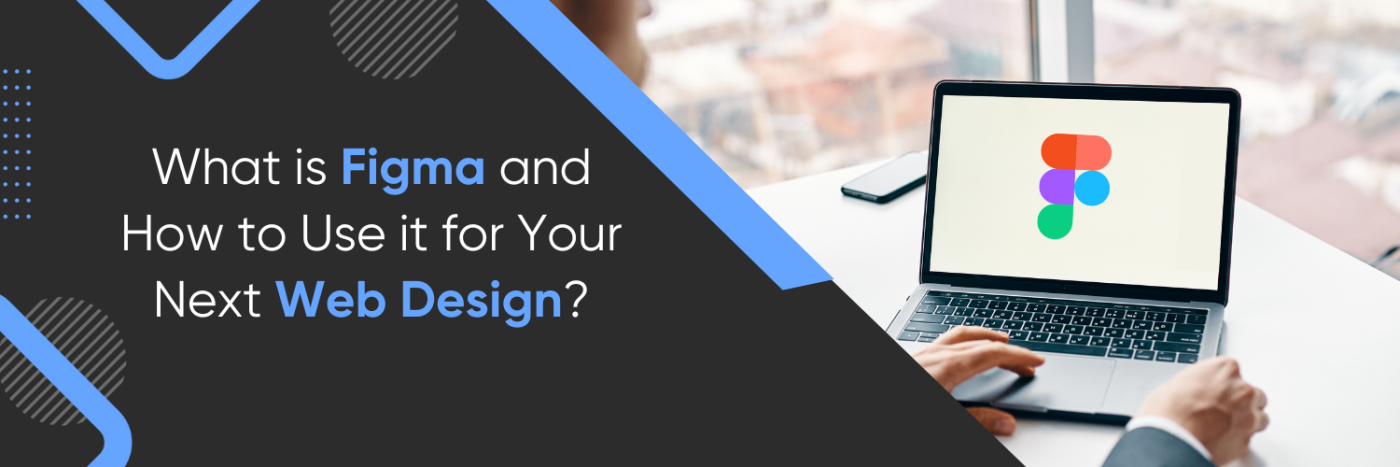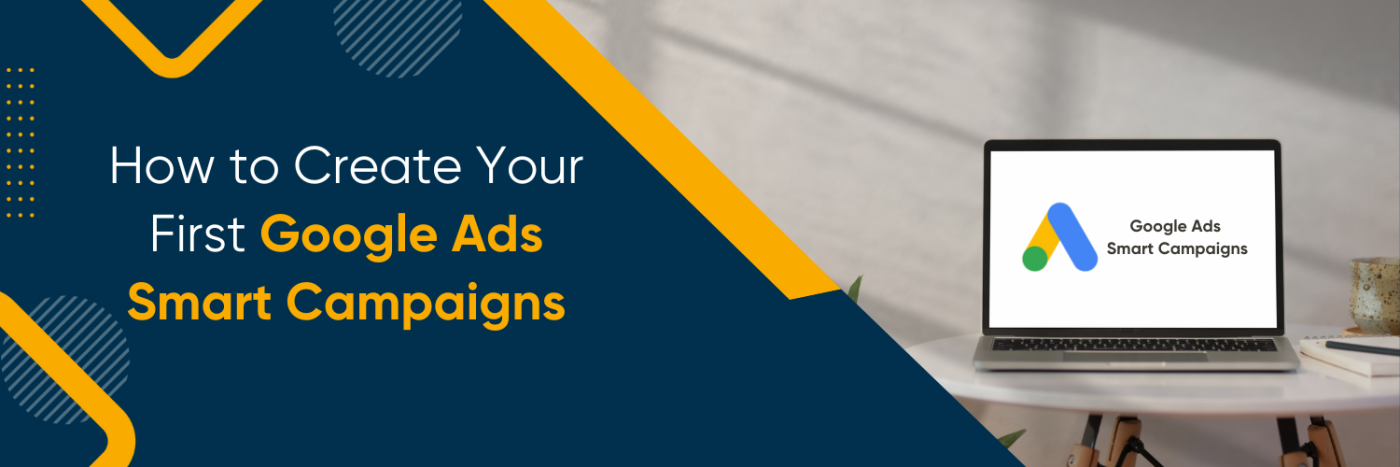What are Chatbots?
Chatbots are computer programs designed to simulate human conversation through text or voice interactions. Their purpose is to assist and engage with users in a conversational manner, providing relevant information, answering queries, and performing specific tasks. In the context of marketing, chatbots act as virtual assistants, engaging with customers and prospects to deliver personalized marketing messages, gather data, and drive conversions.
What is Chatbot Marketing?
Chatbot marketing is a strategy that uses chatbots, which are computer programs designed to simulate conversation with humans, to promote products or services and engage with customers. These chatbots can be integrated into websites, social media platforms, or messaging apps to provide instant responses to users’ inquiries and assist them in finding information or making purchases. The goal of chatbot marketing is to enhance customer interactions, improve user experience, and ultimately drive sales by delivering personalized and timely assistance without the need for human intervention.
Different Types of Chatbots Commonly Used in Marketing
Rule-Based Chatbots
These chatbots follow a predefined set of rules and can provide responses based on keyword matching. They are relatively simple and are suitable for handling basic customer inquiries.
AI-Powered Chatbots
These chatbots leverage AI and machine learning algorithms to understand and respond to user queries more intelligently. They can interpret natural language and context, enabling more sophisticated conversations and personalized interactions.
Hybrid Chatbots
Hybrid chatbots combine rule-based and AI-powered approaches, providing a balance between simplicity and intelligence. They can handle a wide range of queries while also learning and improving over time.
How Do Chatbots Work?
Chatbots rely on underlying technologies such as AI, NLP, and machine learning to function effectively. The process of building and deploying chatbots involves several steps:
- Designing Conversation Flows: This step involves mapping out the possible user interactions and defining the conversation flow. It includes identifying user intents, creating dialogues, and specifying the actions the chatbot can perform.
- Natural Language Understanding (NLU): NLU is responsible for interpreting user inputs and extracting the meaning behind them. It involves training the chatbot to recognize intents, entities, and context to provide accurate and relevant responses.
- Dialog Management: Dialog management determines how the chatbot responds to user inputs based on the defined conversation flow. It involves maintaining context, handling different scenarios, and generating appropriate responses.
- Integration with Backend Systems: Chatbots often need to integrate with backend systems such as customer databases, content management systems, or e-commerce platforms to retrieve or update relevant information during interactions.
- Testing and Deployment: Once the chatbot is built, it undergoes rigorous testing to ensure its functionality and accuracy. After testing, the chatbot is deployed on the desired channels such as websites, messaging apps, or social media platforms.
The Role of Chatbots in Marketing
Chatbots play a crucial role in enhancing customer engagement and driving marketing efforts. Here are some key aspects of their role in marketing:
Enhanced Customer Engagement
Chatbots provide a personalized and interactive experience to customers, fostering engagement and building brand loyalty. They can offer product recommendations, provide tailored content, and assist with purchasing decisions, creating a seamless customer journey.
Lead Generation and Qualification

Chatbots can be used to collect user information and qualify leads. By engaging with visitors on websites or social media platforms, chatbots can ask relevant questions and gather data such as contact information, preferences, and purchase intent. This data can then be used to identify and prioritize high-quality leads for further marketing efforts.
Customer Support and Assistance
Chatbots act as virtual customer service representatives, providing instant support and assistance to customers. They can address common queries, provide troubleshooting guides, and offer solutions to problems, ensuring a positive customer experience and reducing the workload on human support teams.
Automated Marketing Campaigns
Chatbots can be integrated with marketing campaigns to automate various tasks. They can send personalized messages, deliver targeted promotions, and nurture leads through automated drip campaigns. This allows businesses to reach a larger audience with minimal effort and deliver timely, relevant marketing messages.
Data Analysis and Insights
Chatbots generate valuable data through customer interactions. This data can be analyzed to gain insights into customer preferences, behavior patterns, and pain points. These insights can then be used to refine marketing strategies, improve product offerings, and optimize customer targeting.
Benefits of Chatbot Marketing
Chatbot marketing offers several advantages for businesses:
- Improved Customer Service: By providing instant and 24/7 support, chatbots enhance customer satisfaction and reduce response times. They can handle multiple queries simultaneously and provide consistent and accurate information, leading to a better customer service experience.
- Cost and Resource Efficiency: Chatbots automate repetitive marketing tasks, reducing the need for human intervention. This results in cost savings and allows businesses to allocate resources more efficiently. Chatbots can handle a large volume of inquiries and interactions without requiring additional staffing.
- Personalized Marketing Messages: Chatbots can collect and analyze customer data to deliver personalized marketing messages. By understanding customer preferences and behavior, chatbots can tailor recommendations, offers, and content to individual customers, increasing the chances of conversion.
- Scalability and Consistency: Chatbots provide scalability as they can handle multiple conversations simultaneously without compromising the quality of interactions. They deliver consistent responses and information across all interactions, ensuring a uniform brand experience for customers.
- Enhanced Lead Generation and Conversion: Chatbots can proactively engage with website visitors or social media users, capturing leads and guiding them through the sales funnel. By qualifying leads and providing relevant information, chatbots increase the chances of conversion and contribute to revenue growth.
Implementing Chatbot Marketing
1. Identifying Goals and Objectives
Setting clear goals and objectives is essential for effective chatbot marketing. Businesses should define their objectives, whether it’s improving customer support, increasing lead generation, boosting sales, or enhancing brand engagement. Clear objectives help align chatbot functionality and interactions with the desired outcomes.
Tips for aligning chatbot functionality with marketing objectives:
- Identify the key pain points or challenges that chatbots can address for your target audience.
- Determine the specific tasks or actions you want chatbots to perform to achieve your marketing goals.
- Align chatbot features, such as personalized
Consider the target audience and their preferences when defining chatbot functionality. For example, if your goal is to increase lead generation, ensure that the chatbot prompts users to provide relevant information and captures leads effectively.
2. Designing and Customizing Chatbots
Designing effective chatbots involves considering the following key aspects:
- Conversational Flow: Map out the conversation flow by identifying user intents and designing dialogues that align with the objectives. Ensure that the chatbot can handle different scenarios and provide appropriate responses.
- Natural Language Understanding: Train the chatbot’s NLU capabilities to accurately interpret user inputs and understand the context. This involves building a robust set of intents, entities, and sample utterances to improve the chatbot’s comprehension.
- Tone and Personality: Customize the chatbot’s tone and personality to match your brand identity. Determine whether you want the chatbot to have a formal, friendly, or humorous tone, and ensure consistency in its interactions.
- Visual Design: Consider the visual elements of the chatbot, such as the user interface and avatar. Create an intuitive and visually appealing design that aligns with your brand’s aesthetics and enhances the user experience.
3. Integrating Chatbots with Existing Channels
Integrating chatbots with existing marketing channels allows for seamless customer experiences and wider reach. Consider the following steps:
- Website Integration: Embed the chatbot on your website to engage with visitors and provide instant support. Ensure that the chatbot is easily accessible and visible on relevant pages, such as the homepage or product pages.
- Social Media Integration: Connect the chatbot to social media platforms to engage with users on popular messaging apps or through direct messaging. Integrate the chatbot with Facebook Messenger, WhatsApp, or other platforms where your target audience is active.
- Marketing Automation Integration: Integrate the chatbot with your marketing automation platform to streamline lead generation and nurturing. Sync chatbot interactions with your customer relationship management (CRM) system to track leads and automate follow-ups.
- Omnichannel Support: Enable chatbot interactions across multiple channels, allowing customers to seamlessly switch between platforms while maintaining context. This ensures a consistent experience and provides flexibility for users.
4. Monitoring and Analytics
Tracking and analyzing chatbot interactions are crucial for optimizing marketing strategies. Consider the following:
- Performance Metrics: Define relevant metrics to measure the chatbot’s performance, such as response time, customer satisfaction ratings, conversion rates, and lead generation success. Monitor these metrics regularly to assess the chatbot’s effectiveness.
- Conversation Logs: Keep a record of chatbot conversations to review user interactions, identify areas for improvement, and gain insights into customer preferences and pain points. Analyze the conversation logs to refine the chatbot’s responses and enhance the user experience.
- A/B Testing: Conduct A/B testing to compare different versions or variations of the chatbot. Test different conversation flows, responses, or design elements to identify the most effective configurations and iterate on the chatbot’s performance.
- Optimization Strategies: Use the data and insights gathered from chatbot interactions to optimize marketing strategies. Adjust the chatbot’s functionality, content, or targeting based on user feedback and analytics to continually improve its performance.
Are there any limitations or challenges with chatbot marketing?
While chatbot marketing offers numerous benefits, there are some limitations and challenges to consider. These include:
- Language and Context Understanding: Chatbots may struggle with understanding nuanced or complex user queries, especially those involving humor, sarcasm, or ambiguity. Ongoing improvements in NLP technology are addressing these limitations.
- Technical Issues: Chatbots may encounter technical glitches or disruptions in service, which can impact the user experience. Regular maintenance and monitoring are necessary to minimize such issues.
- Lack of Emotional Intelligence: Chatbots may struggle to empathize or provide emotional support since they lack human emotions. Businesses must carefully design chatbot responses to avoid coming across as impersonal or robotic.
- Data Privacy and Security: Chatbots handle sensitive customer data, so ensuring proper security measures, data encryption, and compliance with privacy regulations are essential to maintain customer trust.
How can I get started with chatbot marketing?
To get started with chatbot marketing, follow these practical steps:
- Define your objectives: Determine the specific goals you want to achieve through chatbot marketing, such as improving customer support or increasing lead generation.
- Choose the right chatbot platform: Research and select a chatbot platform that aligns with your business needs, considering factors like ease of use, customization options, integration capabilities, and scalability.
- Design the chatbot’s functionality: Map out the conversation flow, define user intents, and customize the chatbot’s responses to align with your marketing objectives.
- Integrate the chatbot: Embed the chatbot on your website or integrate it with messaging apps and social media platforms.
- Test and refine: Conduct thorough testing to ensure the chatbot functions as intended. Collect user feedback and analytics to make iterative improvements.
- Monitor performance and optimize: Continuously track the chatbot’s performance using metrics and analytics. Make adjustments, optimize conversations, and iterate on the chatbot to improve its effectiveness.
Real-world examples of successful chatbot marketing strategies
- Sephora’s Virtual Artist: Sephora’s chatbot uses augmented reality to allow customers to virtually try on makeup products. By providing personalized recommendations and virtual makeup try-on experiences, the chatbot enhances the shopping experience and increases product sales.
- Domino’s Pizza’s Dom: Domino’s Pizza’s chatbot enables customers to order pizza through various messaging platforms. The chatbot simplifies the ordering process, saves customer preferences, and provides order tracking updates, resulting in improved customer convenience and increased sales.
- National Geographic’s Einstein Bot: National Geographic’s chatbot engages users in a conversation about Albert Einstein’s life and theories. Through interactive quizzes and informative content, the chatbot educates users while promoting National Geographic’s brand and products.
Conclusion
Chatbot marketing has become an increasingly popular and effective strategy for businesses. By understanding what chatbots are, how they work, and their role in marketing, businesses can leverage their benefits for enhanced customer engagement, improved lead generation, and streamlined marketing processes. Designing and customizing chatbots, integrating them with existing channels, and monitoring their performance through analytics are crucial steps for successful implementation. With the potential to automate tasks, provide personalized experiences, and drive conversions, chatbot marketing offers numerous advantages for businesses.
To take full advantage of this innovative technology, consider partnering with Ubique Digital Solutions, an industry leader in digital solutions, including chatbot marketing. With our unparalleled expertise and commitment to excellence, we can help you design, implement, and manage effective chatbot marketing strategies tailored to your unique business needs. Don’t wait for the future; shape it with Ubique Digital Solutions. Contact us today and let’s embark on the journey to business success together.
FAQs
Q: What industries can benefit from chatbot marketing?
Chatbot marketing can benefit a diverse range of industries. Examples include e-commerce, retail, hospitality, healthcare, banking, travel, and entertainment. Virtually any industry that requires customer interaction and support can leverage chatbot marketing to enhance customer experiences, streamline processes, and drive business growth.
Q: Are chatbots suitable for small businesses?
Yes, chatbots can be valuable for small businesses. They can provide cost-effective and scalable customer support, automate repetitive tasks, and generate leads, allowing small businesses to compete with larger enterprises. Implementing chatbots requires careful planning and customization to align with the specific needs and objectives of a small business.
Q: Can chatbots replace human customer service representatives?
Chatbots are not meant to replace human customer service representatives but rather complement their efforts. Chatbots excel at handling simple and repetitive queries, providing instant responses, and assisting with basic tasks. However, complex or emotionally sensitive interactions may still require human intervention. The synergy between chatbots and human representatives can create a comprehensive customer service approach.


